
Company History
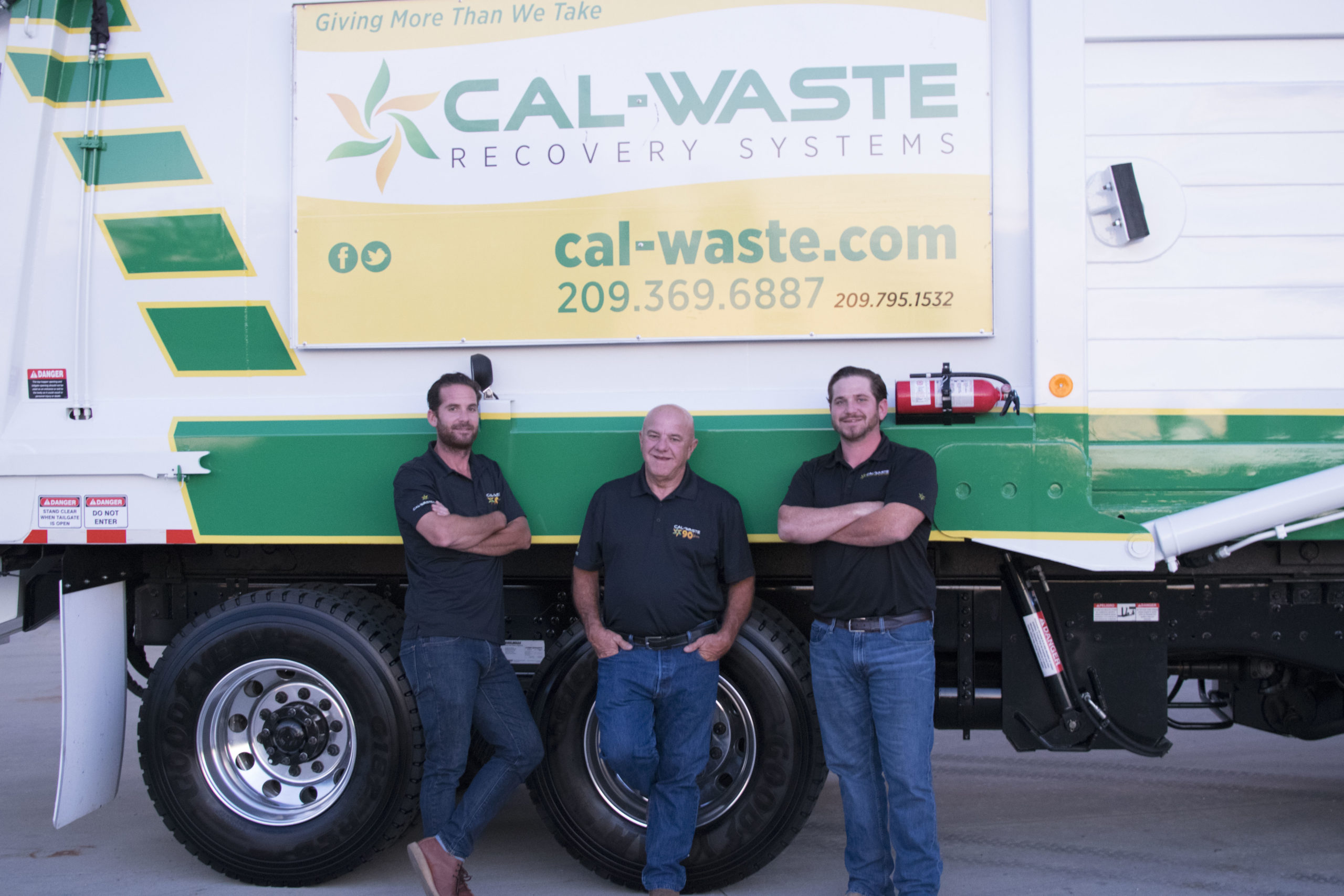
The Vaccarezza family remains dedicated to creating a company that is a progressive force in the solid waste industry while ensuring their customers receive the highest level of service.
The Vaccarezzas don’t simply own a business, their business becomes part of the community. You will find a Vaccarezza at many local events, supporting the needs of those they serve. From carving a turkey at a free community dinner to riding in a parade on an antique fire truck, you can be certain that the Vaccarezza family lives the company culture and encourages their team to do the same.
Dave, Casey, and Rudy are grateful for the many employees, customers, and vendors that have supported Cal-Waste through the last century. Each, in their own way, has helped champion Cal-Waste’s tradition of innovation and passionate commitment to the environment. It is with this team and circle of friends Cal-Waste will continue to pioneer advancements for the next 100 years, reducing waste in landfills, reducing carbon emissions, and preserving the natural resources that benefit our environment and the communities we serve.
Today, the Vaccarezzas employ over 200 locals, and operate a modern fleet of energy efficient trucks.
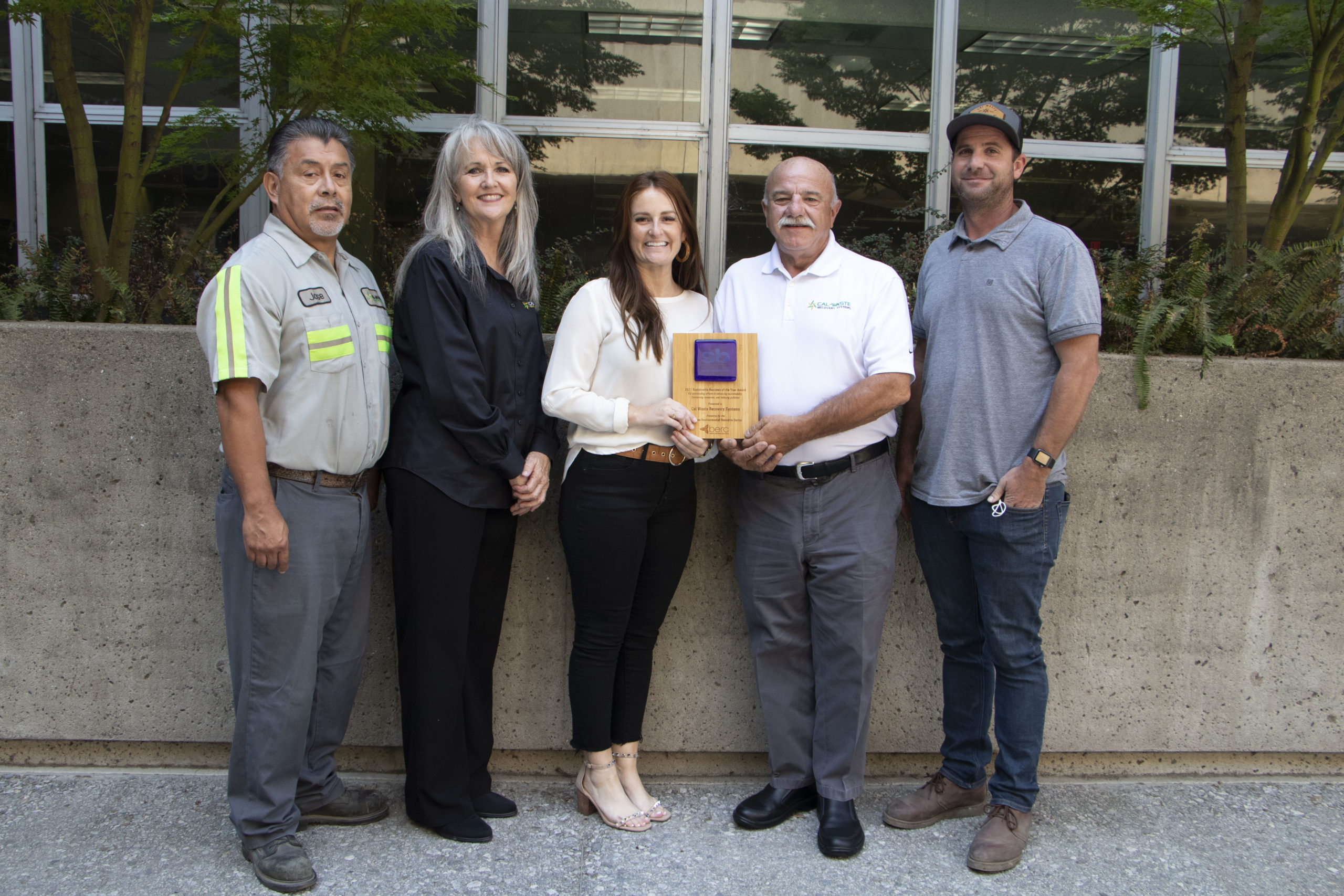
2021
Cal-Waste receives the Sacramento Area Sustainable Business of the Year Award for Pollution Prevention. The Award recognizes Cal-Waste for installing a high-technology Materials Recovery Facility (MRF) which improved processing of recycling from 11 tons per hour to 30 tons per hour.
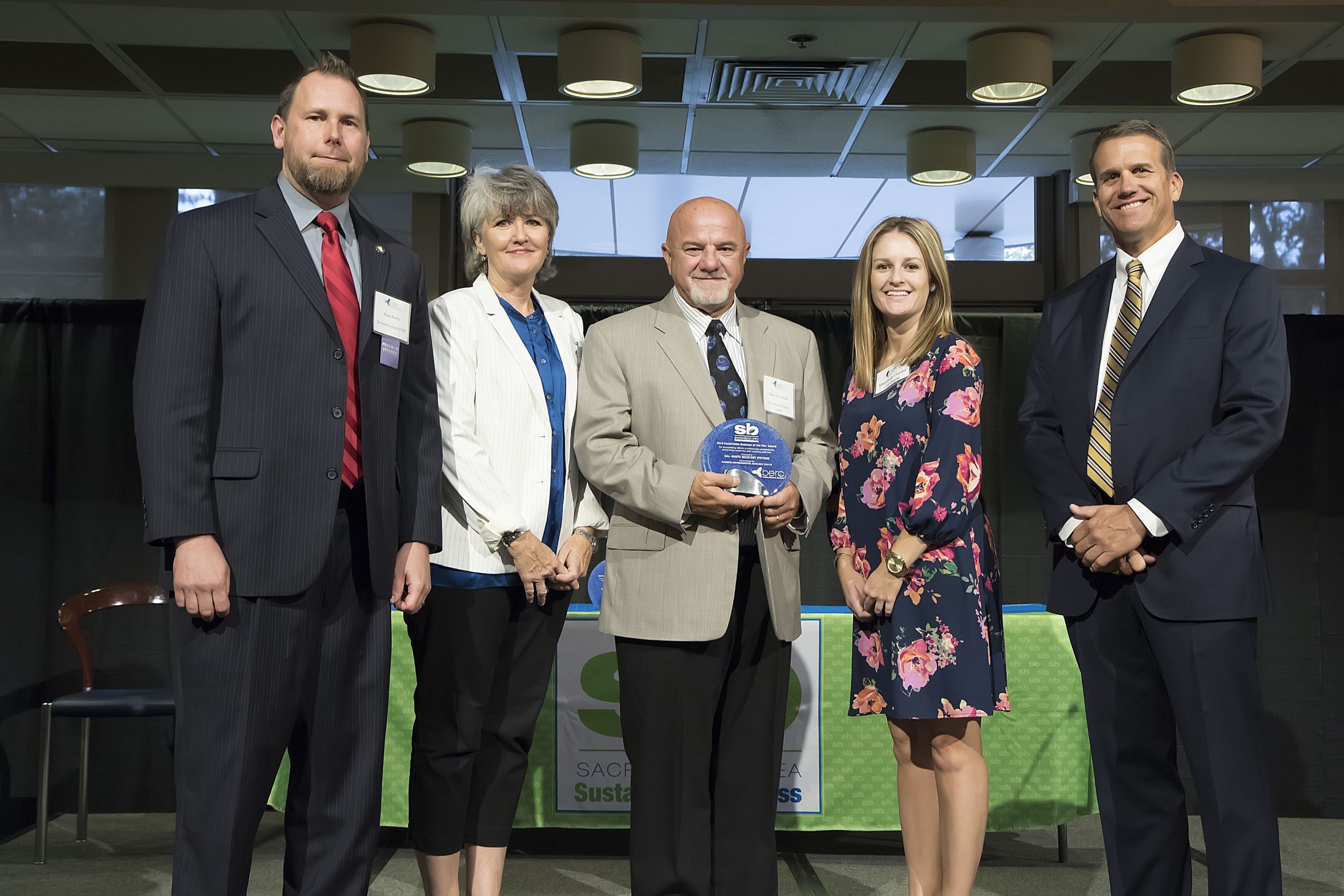
2016
Cal-Waste receives a platinum rating in over six environmentally sustainable categories, receiving the Sacramento Area Sustainable Business of the Year Award.

2013
Cal-Waste moves its headquarters to Galt and opens a $11 million state-of-the-art Material Recovery Facility (MRF). With their state-of-the-art MRF processing recyclable materials, eighty percent of the captured recyclables are shipped out to international markets. Included in the MRF is an observation room and education center. Open for scheduled tours, we are delighted to schedule tours for our community members (of all ages) to learn more about the important message of recycling, the use of natural resources and taking care of our environment.
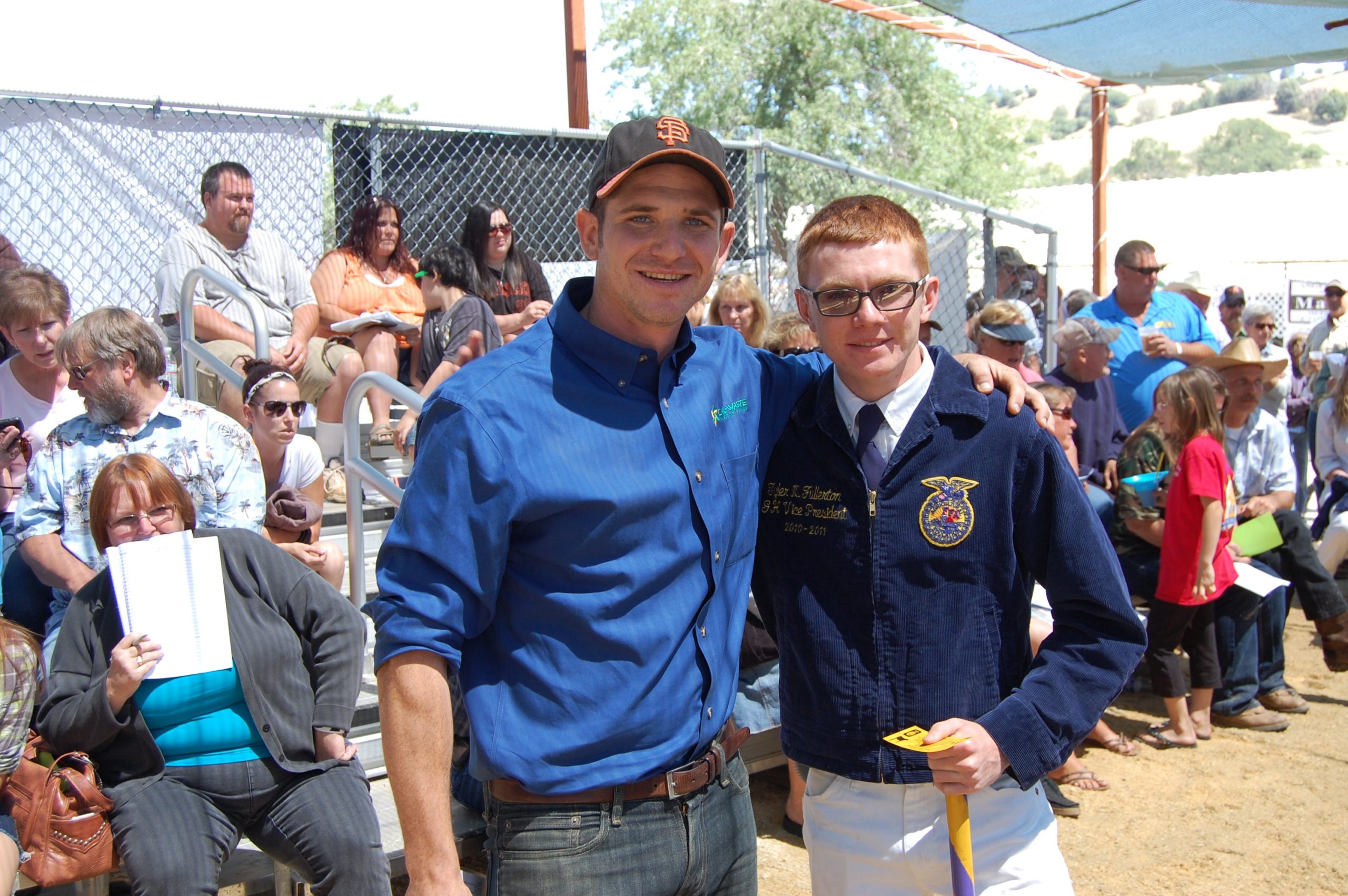
2000
The family business is joined by son Rudy, learning the ropes of managing a large solid waste company and building the culture of community service.
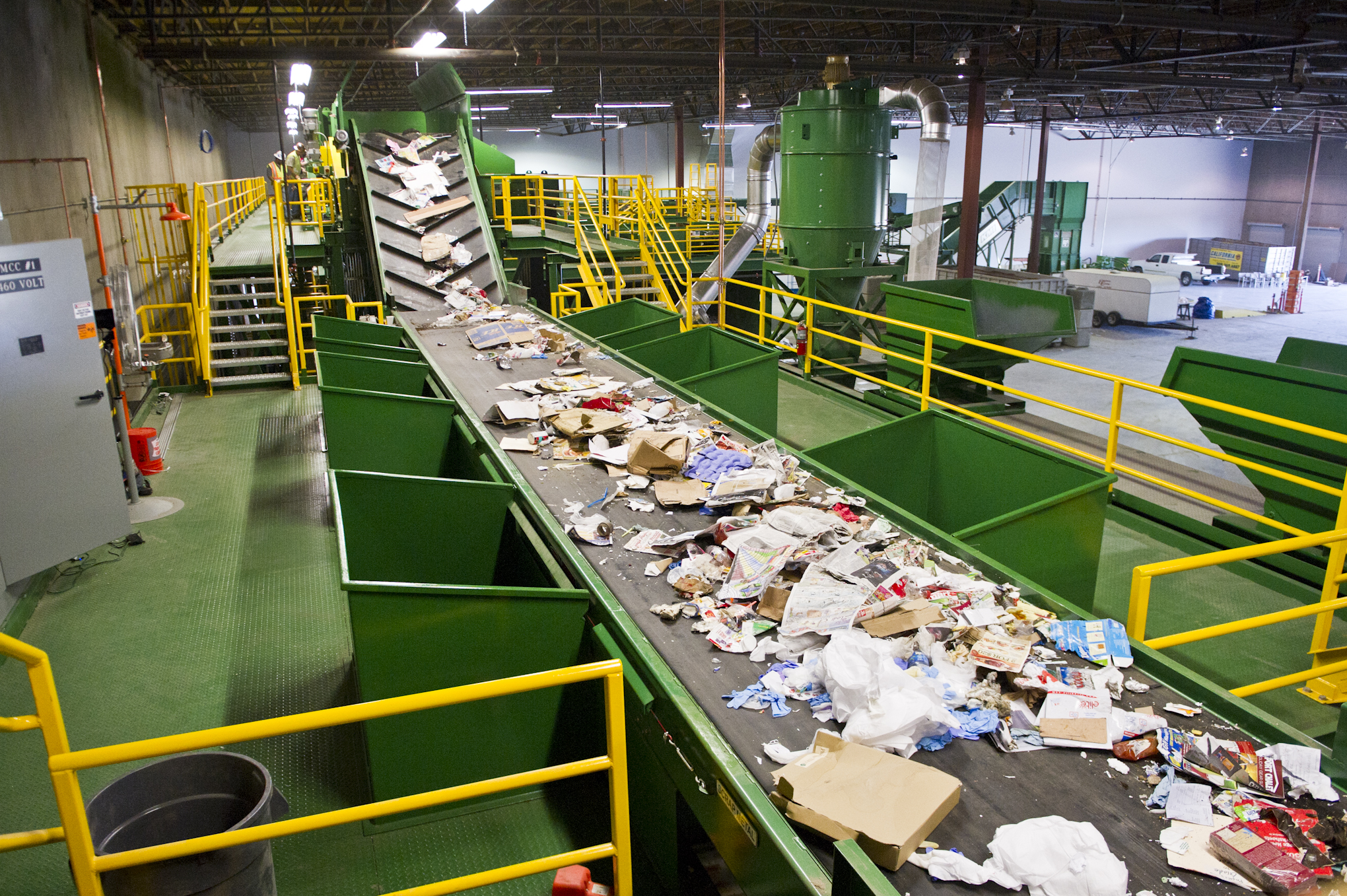
2000
With the new century, Cal-Waste uses its many decades of knowledge and experience to explore diverse, related services to meet all the needs of their current customers and the growing communities in the surrounding areas. Cal-Waste provides services in construction/demolition removal, concrete and paint washout, and other related means of disposal that are highly regulated by the state.
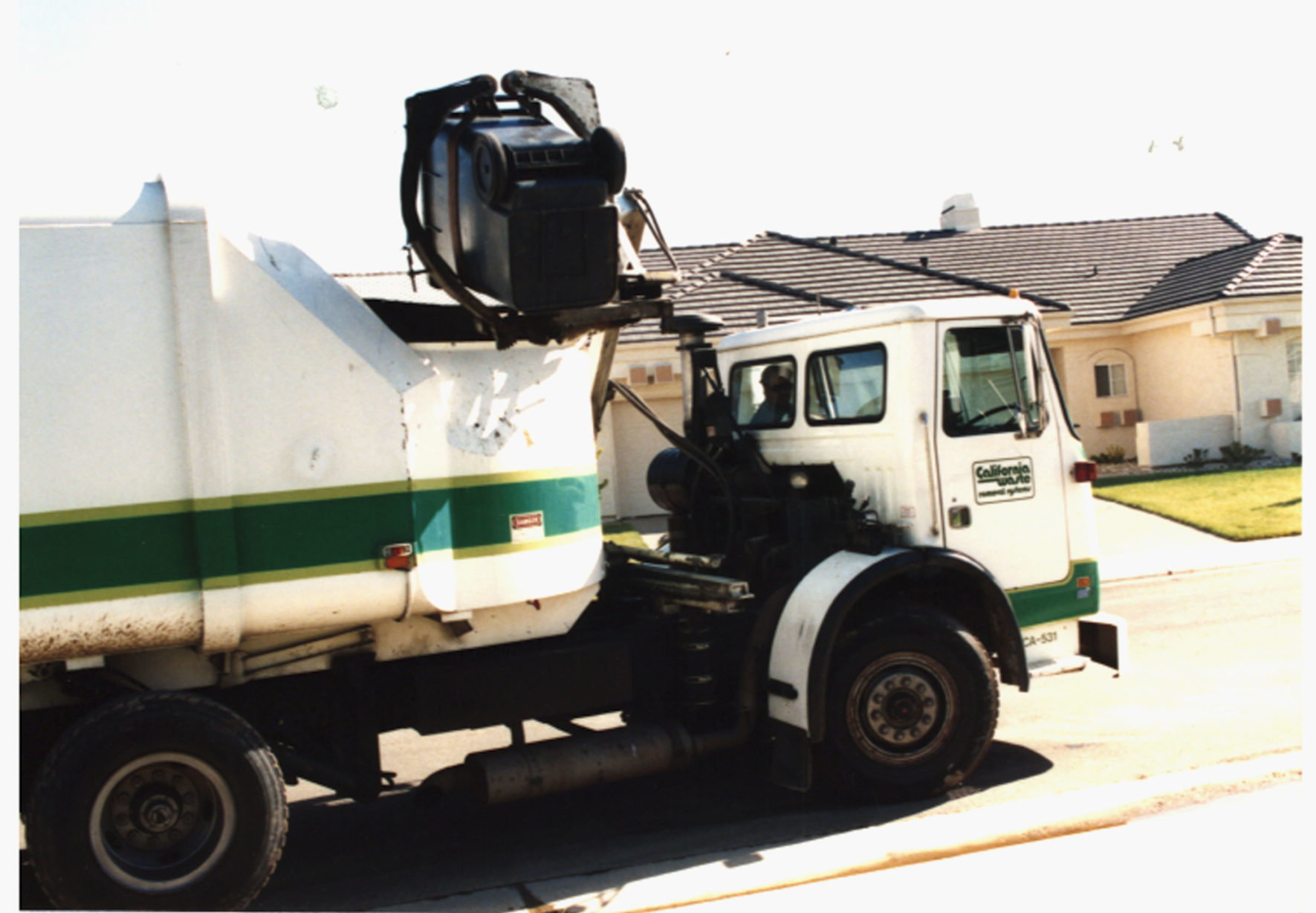
1993
Automated trucks come on the scene. Gone are the old ways (with a few exceptions) and with new automated trucks, one man can complete a route that used to take two! This eliminates noise, traffic, exhaust, and wear on the roadways. This does not mean collectors lose their jobs. Following Dave’s commitment to his employees, training begins to increase skills to use in various areas of the quickly emerging solid waste technology.
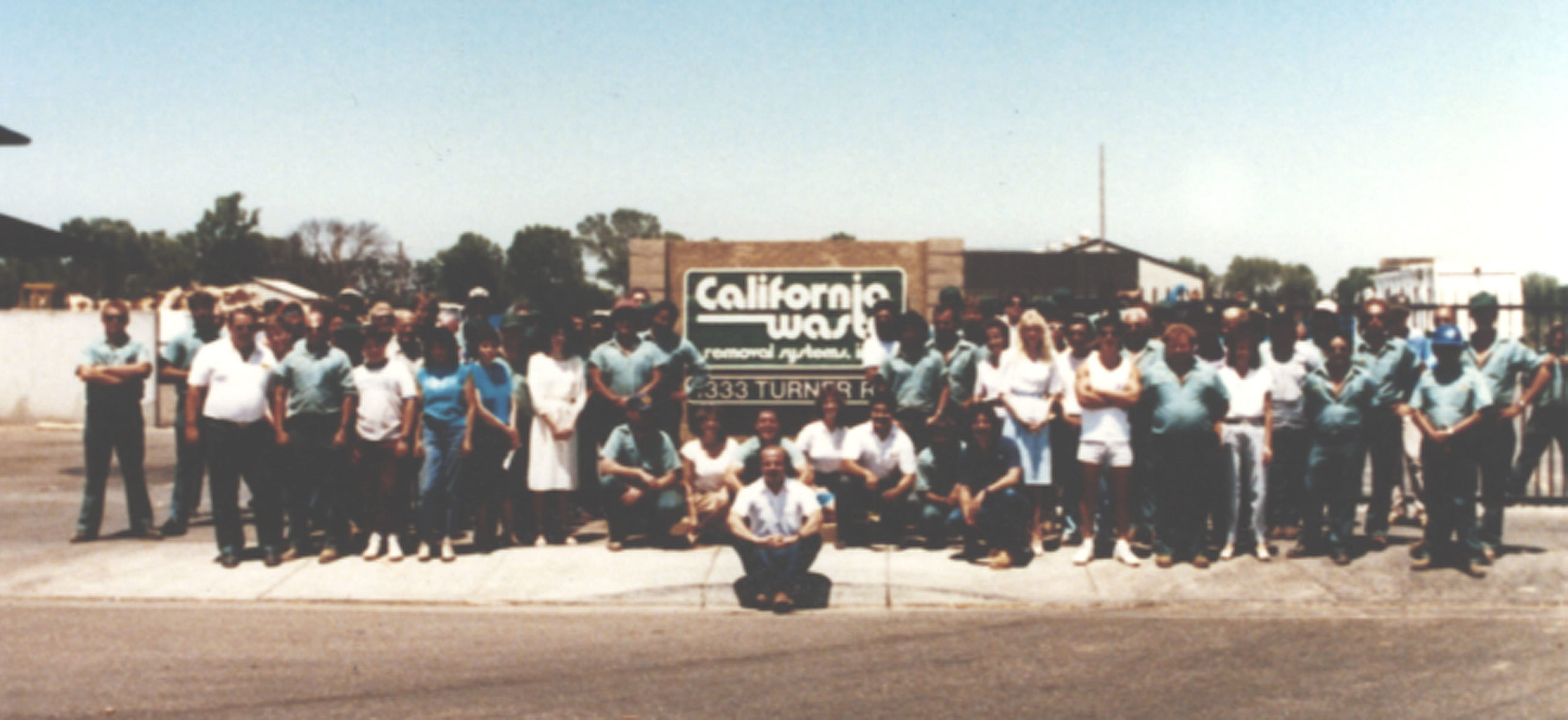
1993
The many entities of the company (SanCo, Independent Disposal Service, Sanitary City Disposal) are bought together under the one name of Cal-Waste. Changes are in name only. All the same customer service, quality of work, focus on safety and welfare of employees, and a commitment to the communities they serve all remain the same.
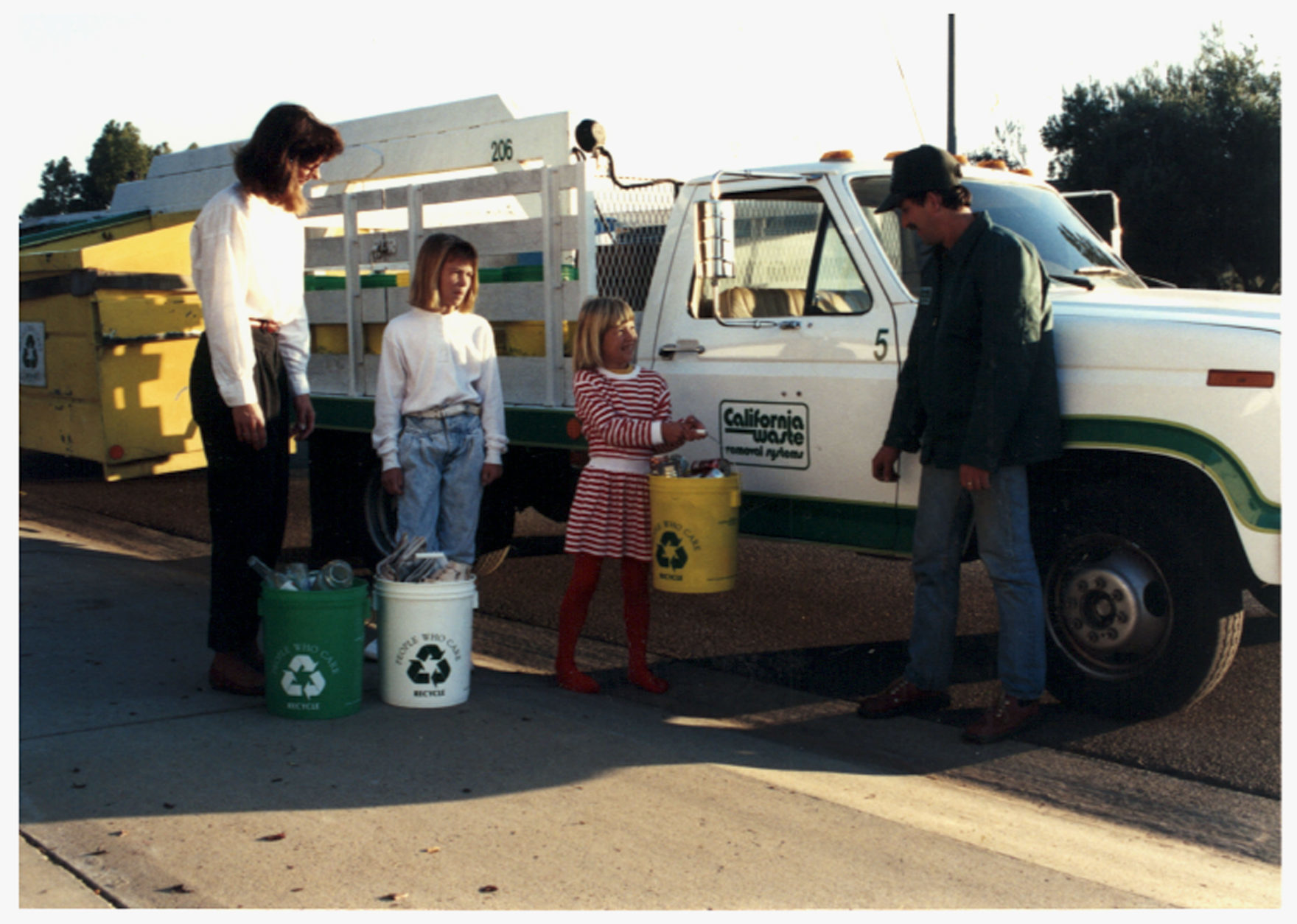
1989
To meet state defined mandates, Dave and his team initiate an innovative program within their service community. Buckets are distributed to residents to place the various recyclables that are most commonly generated in households; glass, paper, and metal (soon plastic will follow).

1985
Dave and sister, Annette, step up to manage the growing waste and recycling business along with the VP of Operations, Tom Sanchez.

1982
With the opening of the transfer station, the public is invited to a once-a-month “Dump Day” for $1 per carload.
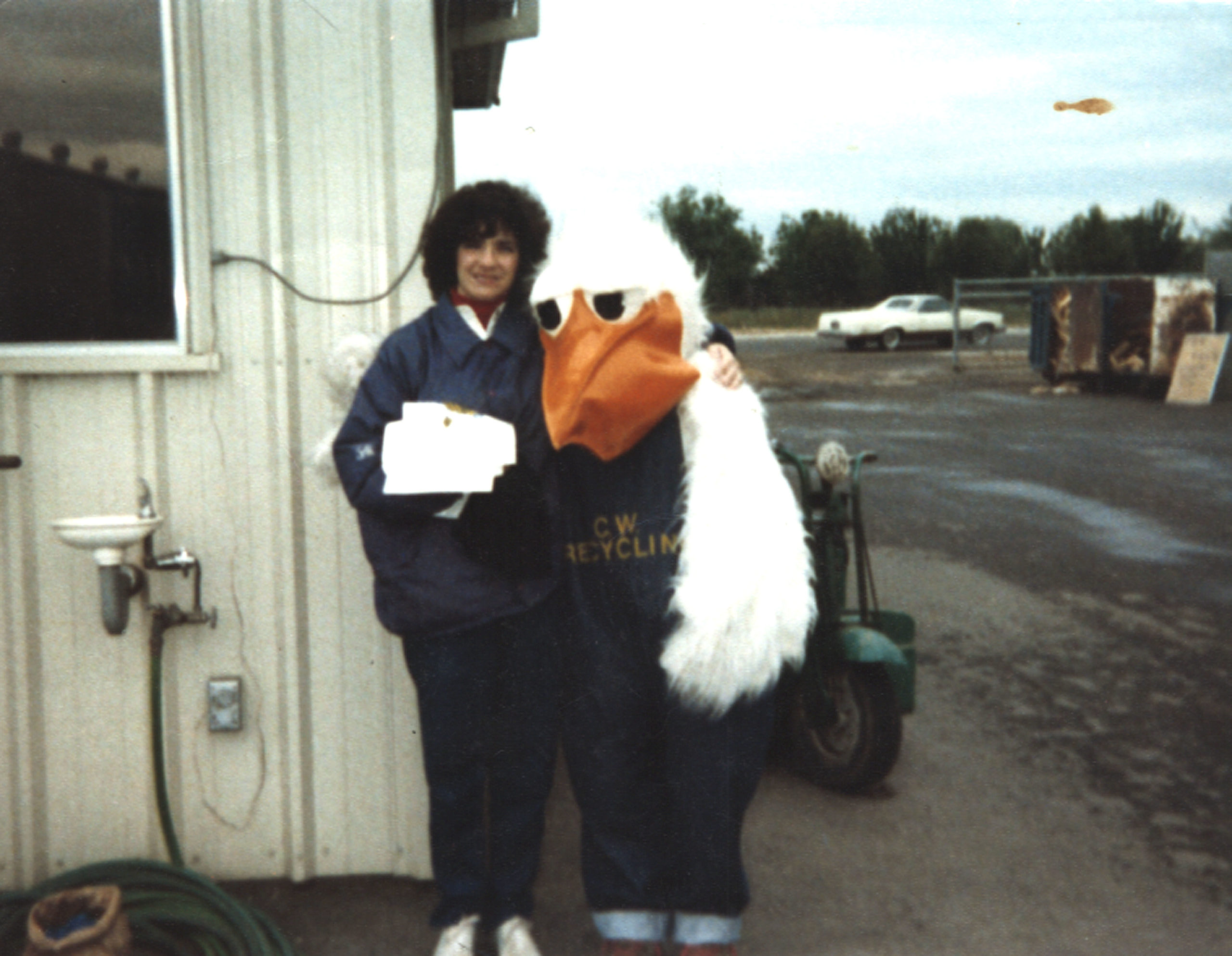
1981
A new mascot joins the team. C.W. the Pelican helps Annette Vaccarezza greet customers at the new Transfer and Recycling Facility for their grand opening. High technology comes to local customers with the construction of a $1.1 million transfer station and recycling center which revolutionizes the way the city’s trash is collected, processed, and recycled. Rudy and his son, Dave, cut the ribbon leading to the future success.
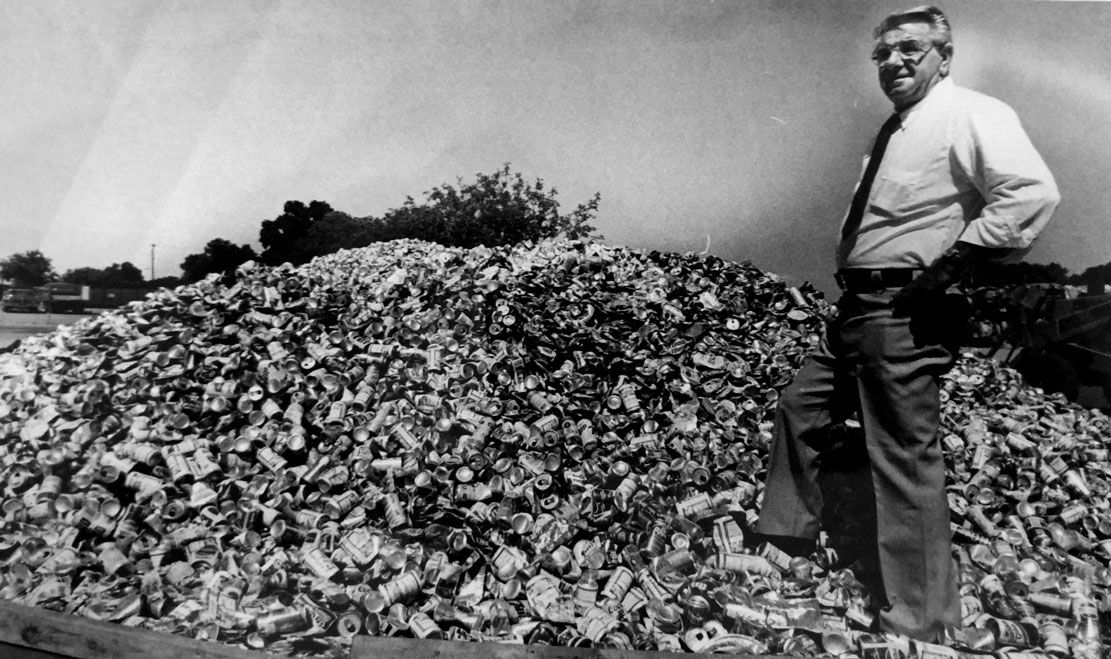
1980
Under Rudy and Dave’s lead, nothing goes to waste. The company increases recycling efforts diverting everything possible, recovering valuable resources, and composting organic refuse, thereby reducing the space needed for disposal in landfills. The company is soon recognized for these valuable actions.
Our employees are the heart of the company. Every effort is made to support their employees through training, accolades for success, and the company culture of giving back.
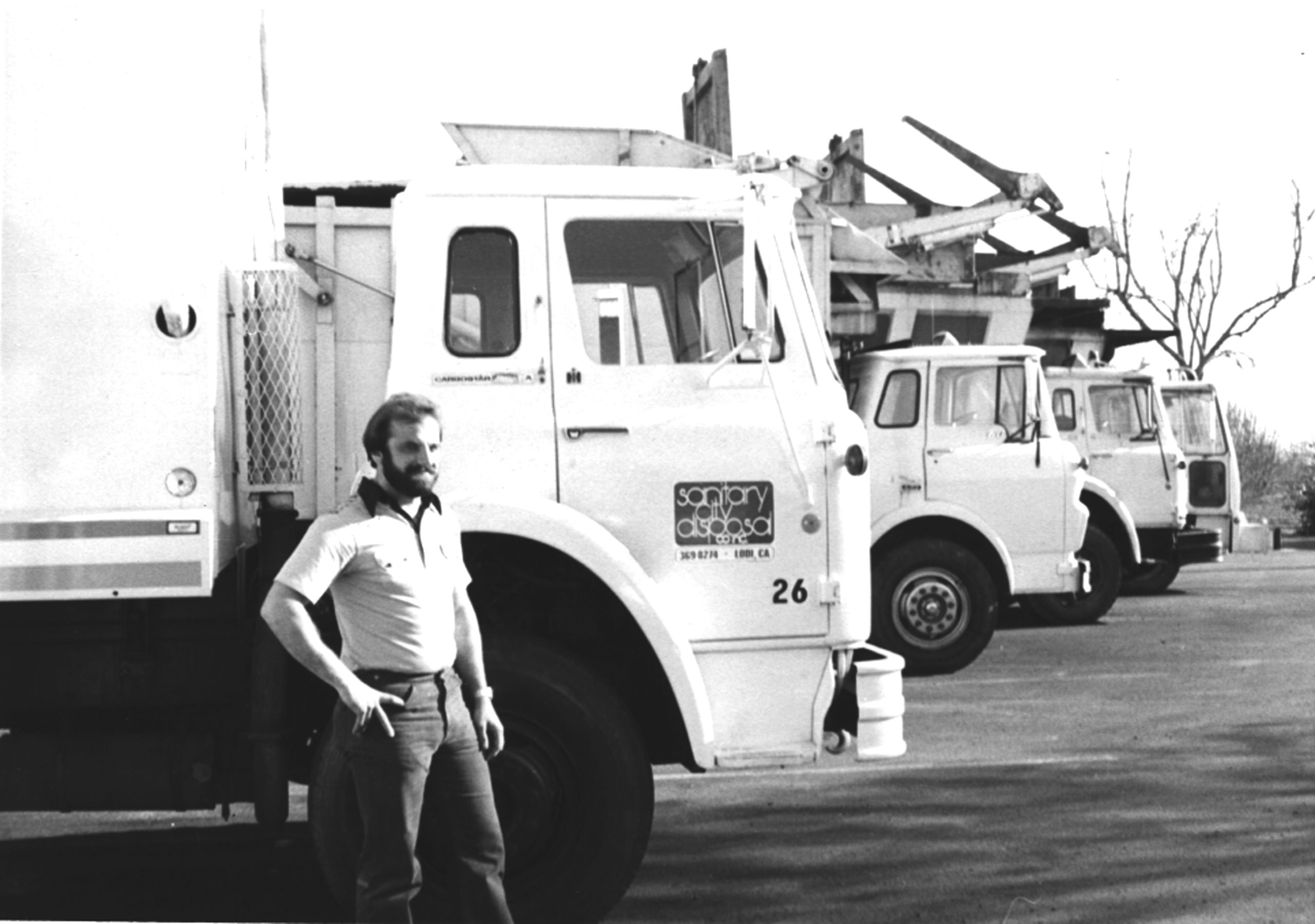
1970
23 year old Dave Vaccarezza joins the company. Learning from the example of his father as a pioneer in modern refuse and recycling, Dave grows his professional involvement and community service activity, serving on the San Joaquin Technical Advisory Committee for Solid Waste Master Plan and president for the California Refuse and Recycling Council.
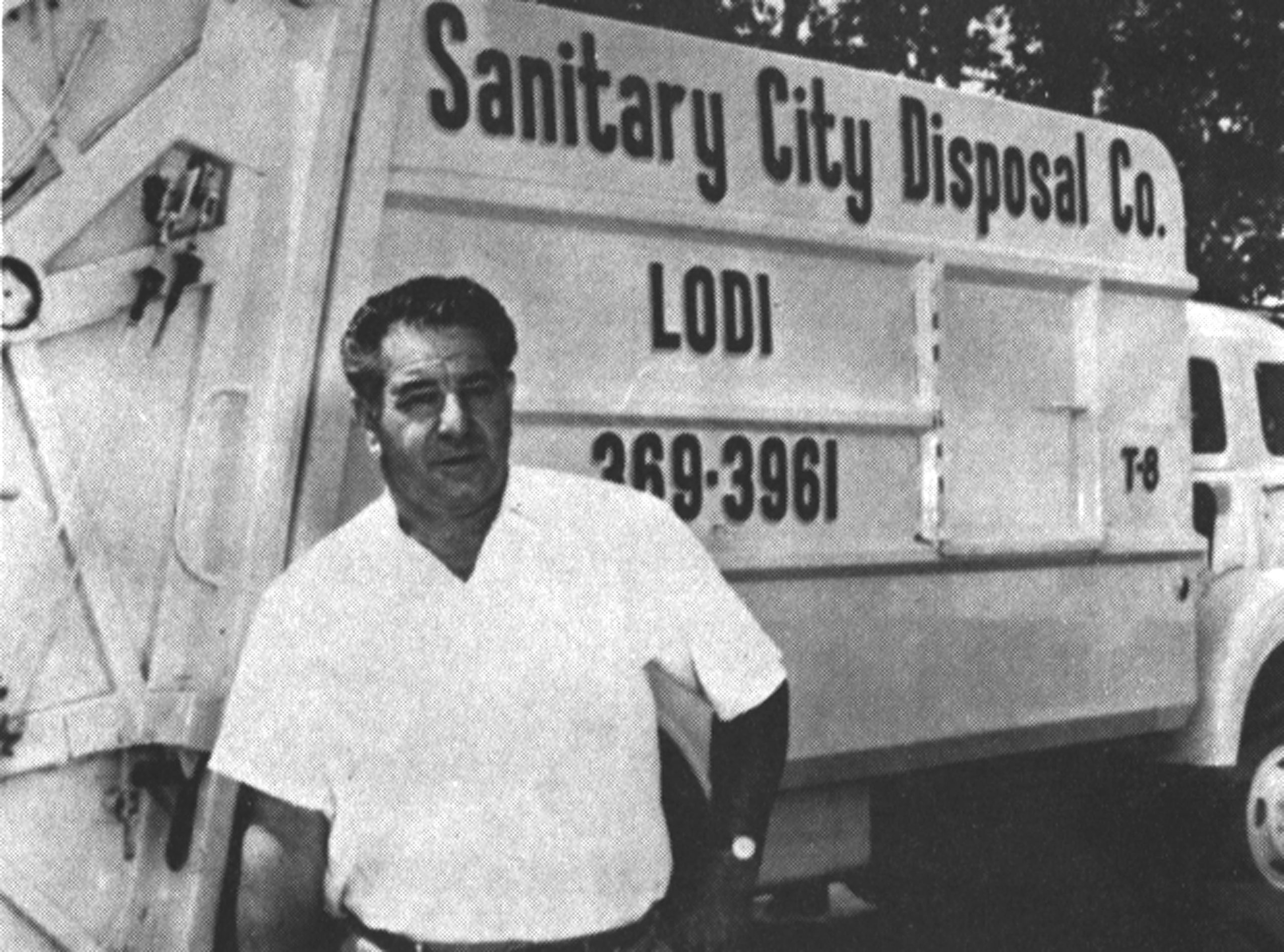
1970
To recognize the importance of the work done by the Refuse & Recycling Industry, Rudy became instrumental in developing the California Refuse and Recycling Council. This organization helped build a future for not only the companies that are in the collection business, but to recognize how these companies benefit the entire state of California.
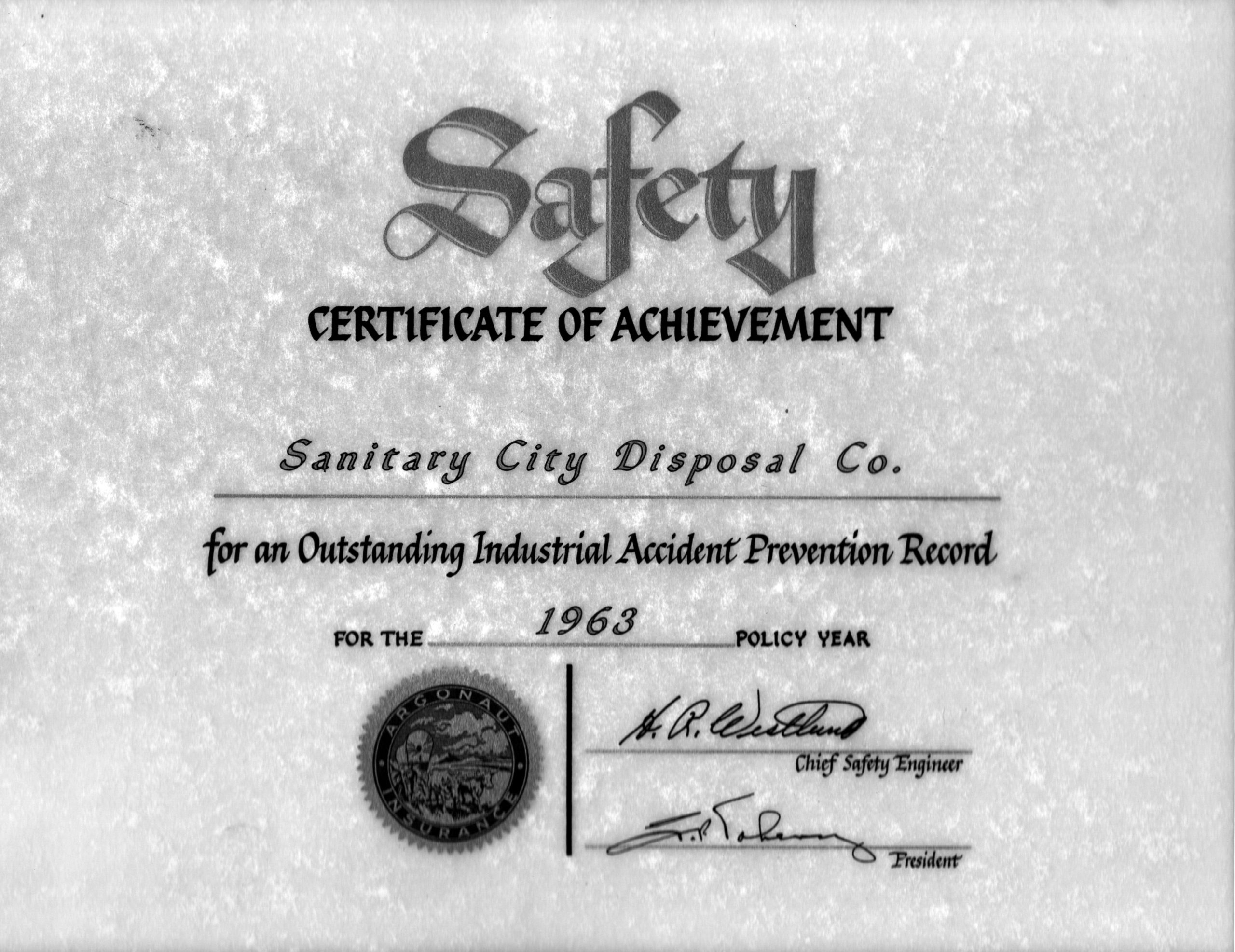
1963
Constantly modernizing and improving equipment is important. But, so is ensuring the safety of the employees. Rudy and team excel in their effort to keep working conditions clean and safe. `{`safety award 63`}`
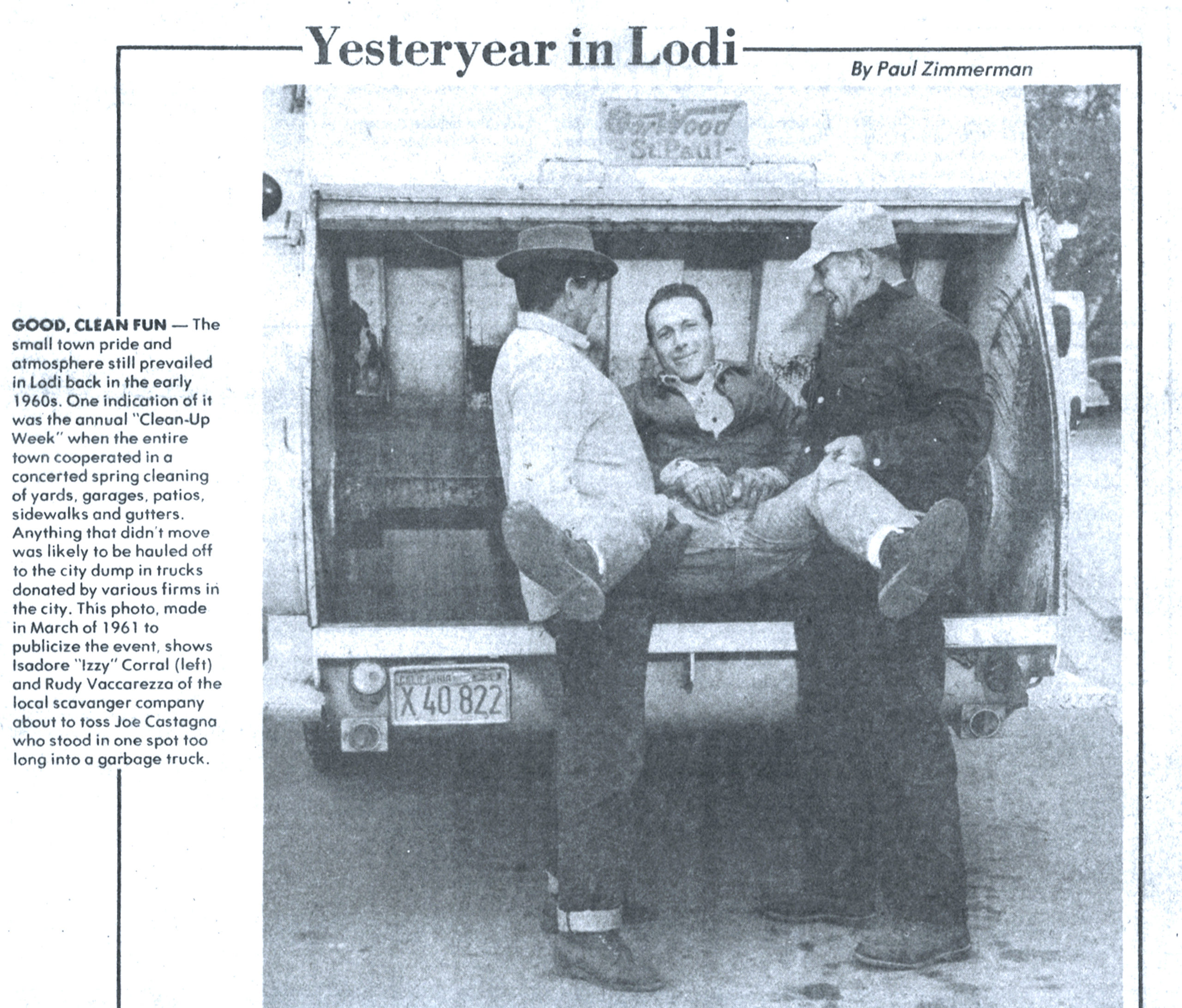
1961
Spring cleanup became a regular part of the service provided to local residential customers. Here Rudy has a little fun promoting the event.

1960
The growing number of employees remain the heart of the company and are regularly recognized for their service to both the company and community at the annual Company Awards Dinner. Active in bettering the refuse and recycling industry, Rudy Vaccarezza is asked to serve on Governor Ronald Reagan’s task force for Solid Waste Management.

1958
Four new closed packer trucks and a modern cardboard baler were added to the fleet that was new serving more than 14,000 commercial and residential customers.
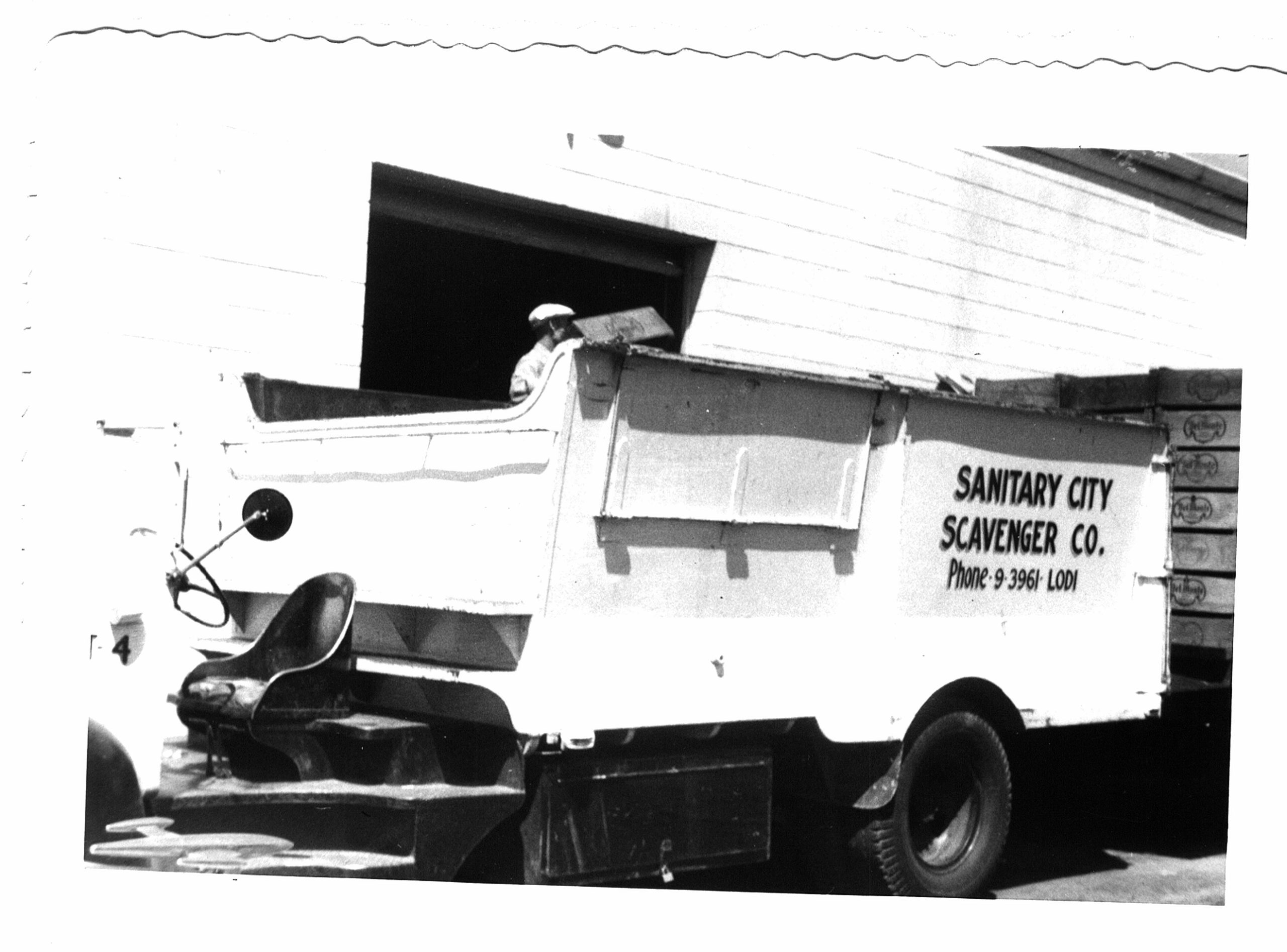
1956
Rudy initiated a revolutionary collection service where refuse was placed in an open truck where men sorted paper, rags, metal, glass, and rubber on the move.
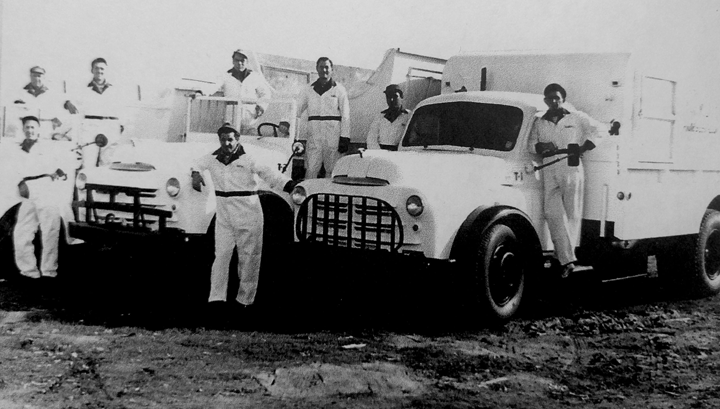
1955
Rudy insisted that quality of customer service came first. He insisted on the cleanliness of company trucks, (washing daily), and that clean white uniforms were worn by drivers and collectors. Rudy was responsive to every inquiry and issue that came into his company. A letter arrived questioning lids left off collection cans. This personal letter and a service education ad was placed to help his customers understand the very best service was a partnership between provider and customer.
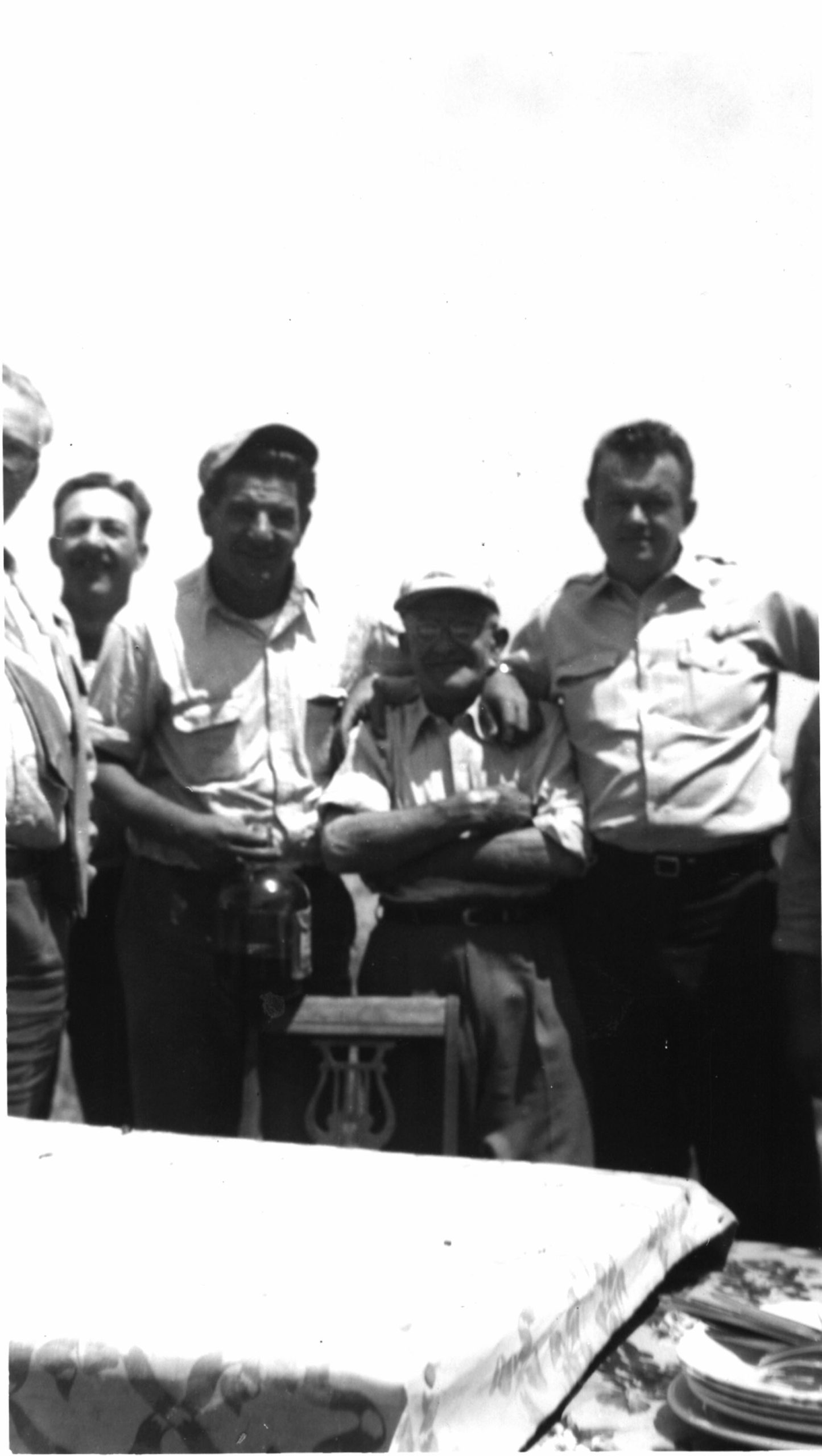
1952
Colombo Vaccarezza passes the torch on to Rudy. He steps up to guide the family business for the next 32 years. His employees are an important part of the company family and what keeps the company growing, adjusting to the times, and offering the latest improvements in the collection industry.

1950
The Vaccarezzas ensured the local garbage disposal ordinances were strictly enforced. Trucks would service commercial accounts, including General Mills, recycling and repurposing food waste into compost and cardboard to reduce the amount of volume to be placed in the local dump.

1943
A WWII Veteran from the Normandy landing, Rudy Vaccarezza returned from the armed services to join the firm as a partner.
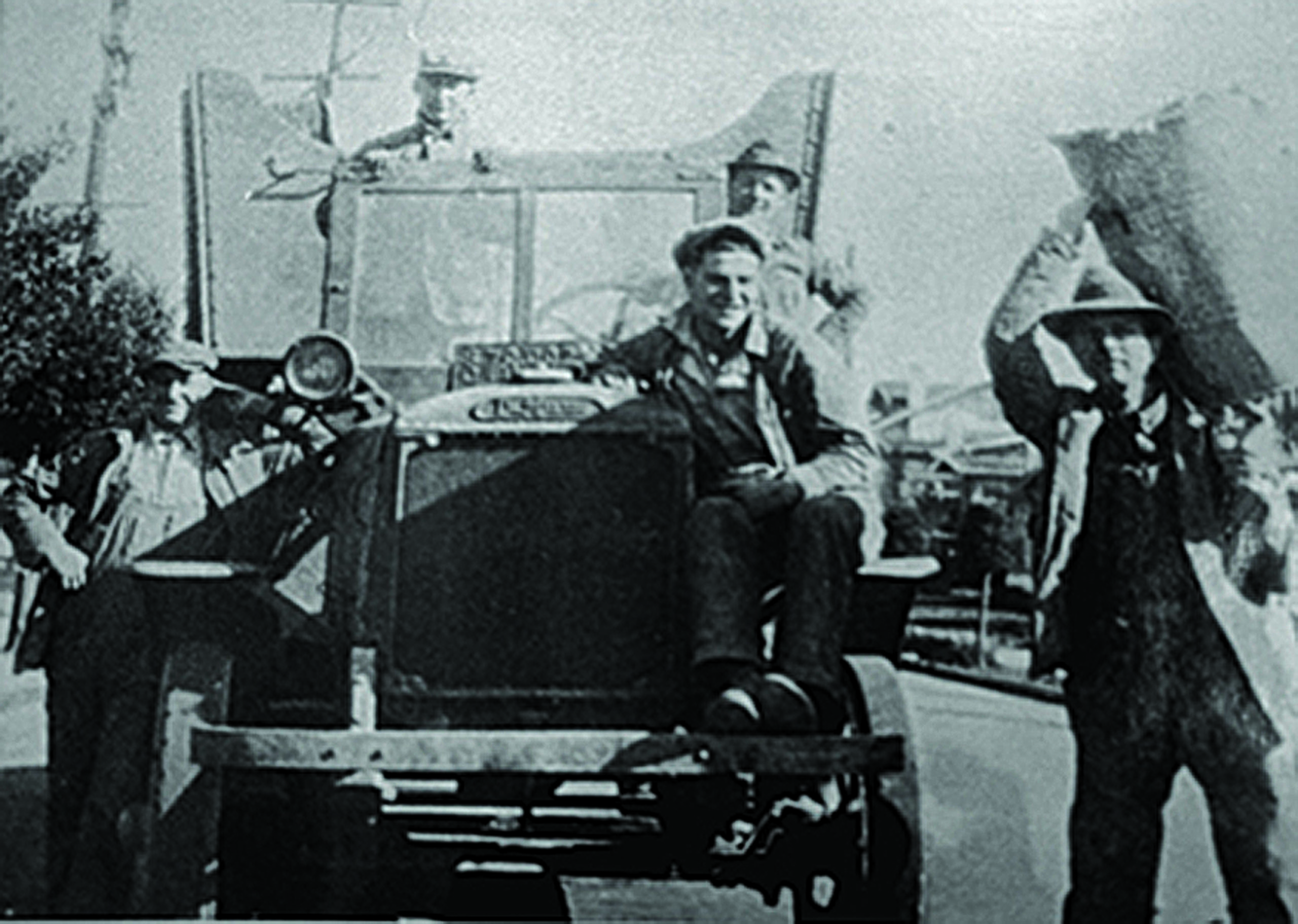
1934
Colombo’s brother Rudy joins the family business, riding the truck, carrying the can and collecting refuse from local residents.
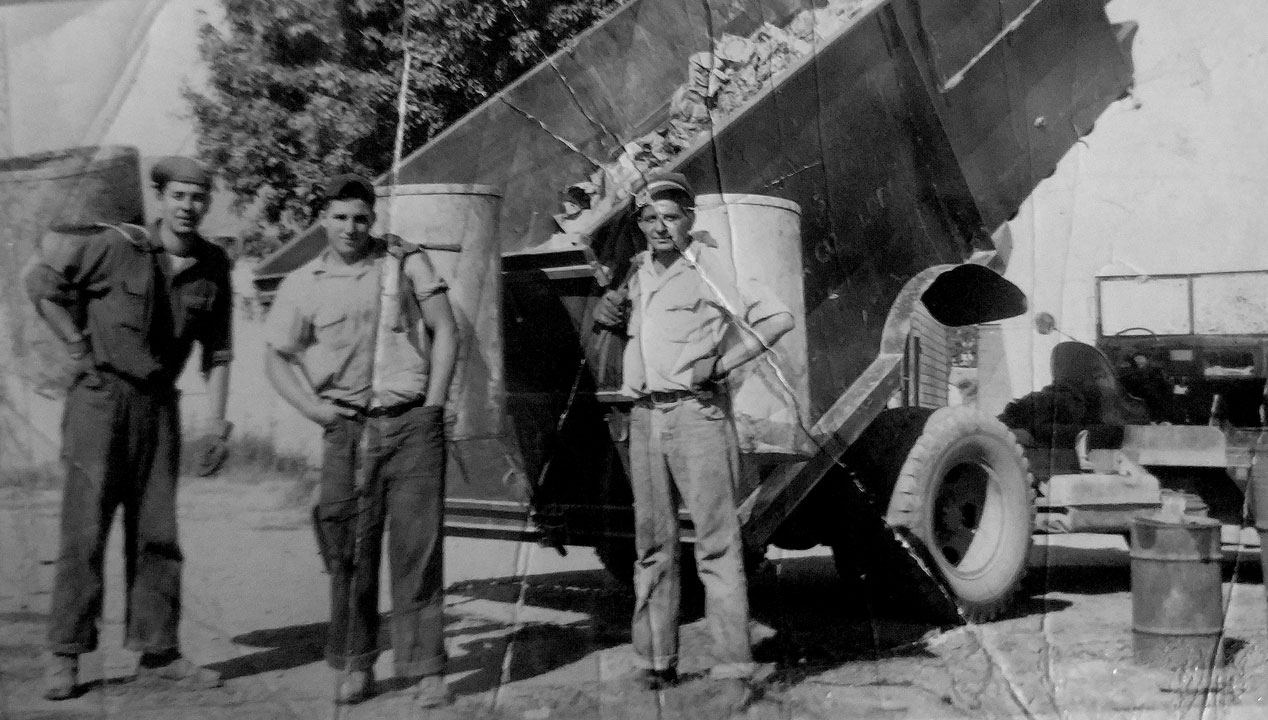
1930
Colombo’s brother Rudy joins the family business, riding the truck, carrying the can and collecting refuse from local residents.

1930
During the war years the company contributed to the effort by segregating scrap metal, rubber, and paper by hand. From the truck to the press, hundreds of bales of scrap paper were reprocessed into new products
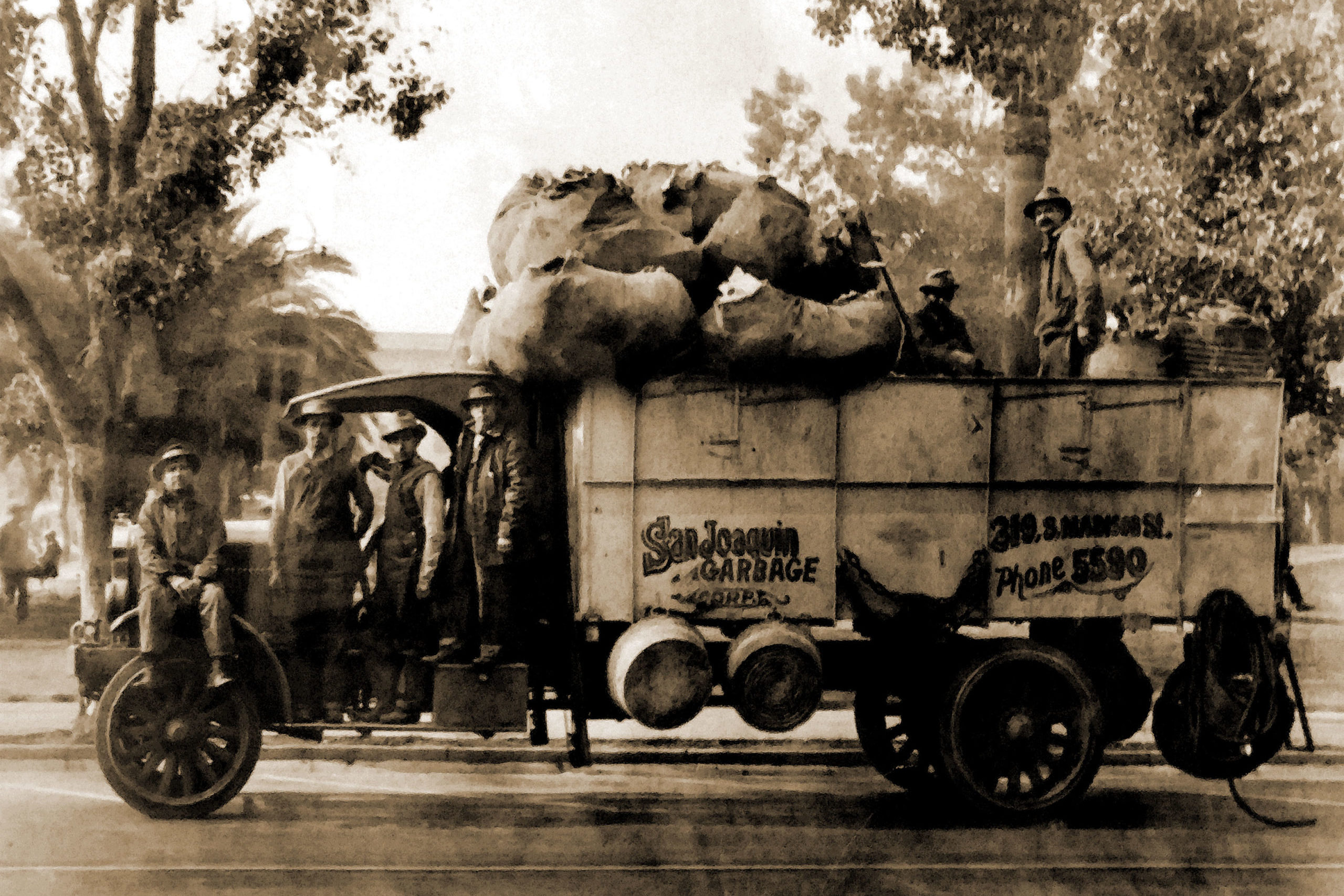
1930
By 1930 the company purchased its first truck and was soon able to add three more. With a larger collection force, the company was now able to maintain sanitation services in an ever-growing city.

1927
Born and raised in Lodi, Colombo Vaccarezza started collecting rubbish from over 5,000 residents of Lodi as a means to provide feed for their hogs. With nothing more than a few horse-drawn wagons, each with a four-man crew, Colombo obtained the rights for hauling away food scraps, but was also required to take away the dry trash every other week.
